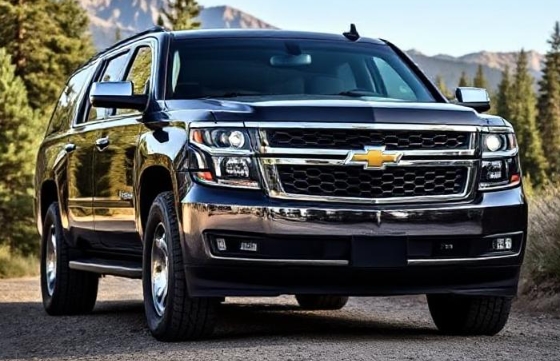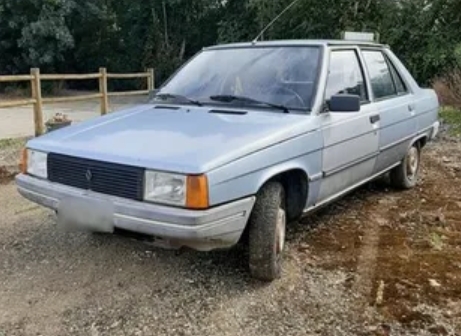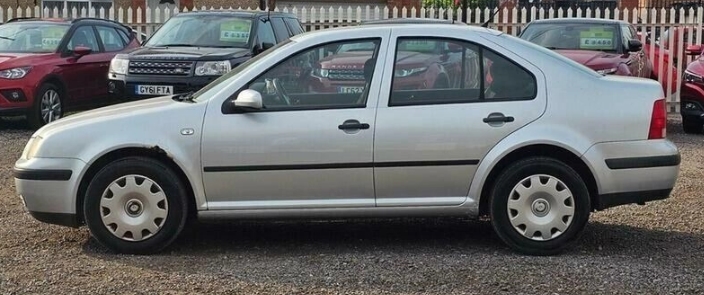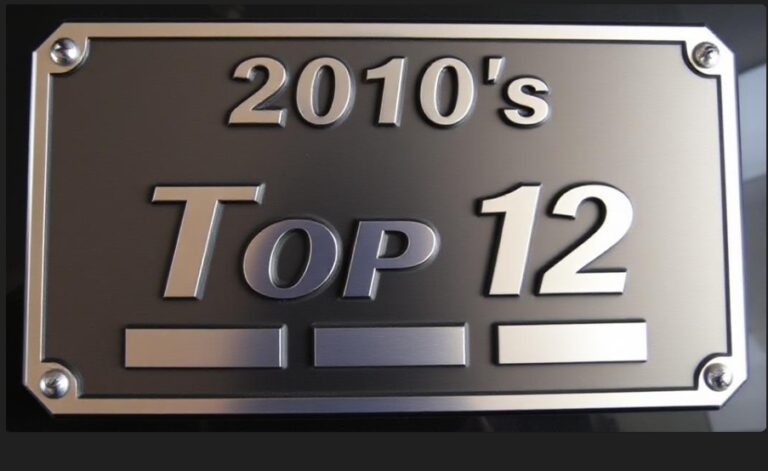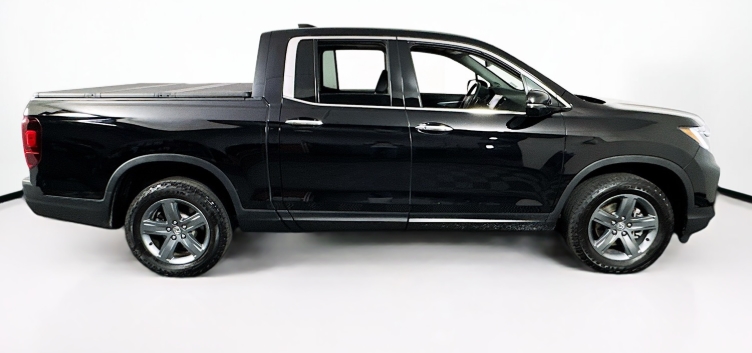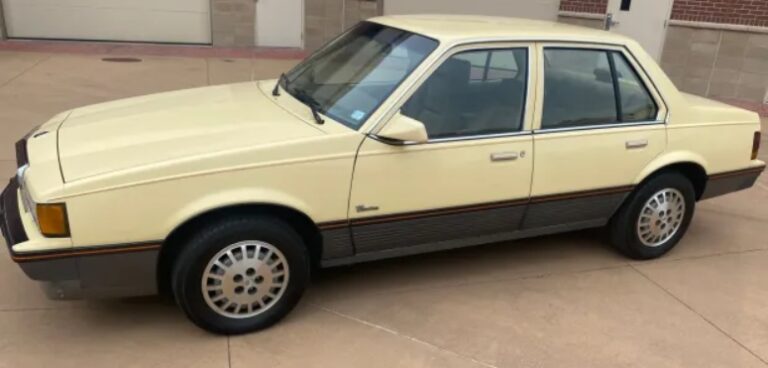The Evolution of the Chevrolet Tahoe: A Comprehensive Overview
The Chevrolet Tahoe has been an iconic figure in the SUV segment since its inception. An embodiment of strength, versatility, and style, it has evolved significantly over the years to meet changing consumer demands and market trends. This article explores the Tahoe’s journey from its introduction to its current state, providing an in-depth look at various models and trim levels along the way.
Early Years: 1992 – 1999
The Chevrolet Tahoe was first introduced in 1992 as a replacement for the Chevrolet Blazer, with an emphasis on providing a more spacious interior and modern design. Built on the GMT400 platform, the Tahoe was offered as a full-sized SUV that could comfortably seat up to five to eight people.
Models and Trim Levels:
- 1992-1994: The initial model year offered a base “Tahoe” trim and a more upscale “Tahoe LT” version. The Tahoe came with a 5.7-liter V8 engine that produced 190 horsepower. Features were basic, with cloth seats and optional features like a leather-wrapped steering wheel.
- 1995-1999: Chevrolet made several improvements including a redesign in 1995 that modernized the exterior aesthetics. This era included the addition of the “Tahoe Z71,” a package that provided off-road capabilities, while the “Tahoe PPV” (Police Pursuit Vehicle) trim was introduced for law enforcement agencies.
The New Millennium: 2000 – 2006
In 2000, Chevrolet launched a second-generation Tahoe, continuing to capture the hearts of consumers and families alike. Built on the GMT800 platform, the new Tahoe was larger, more spacious, and better equipped than its predecessor.
Models and Trim Levels:
- 2000-2002: The Tahoe was available in “Base,” “LS,” and “LT” trims, with the LS being a mid-range model and the LT offering luxury features such as premium audio and leather seating. The 5.3-liter V8 engine became standard on most trims, while a more powerful 6.0-liter V8 was offered in higher trims.
- 2003-2006: The Tahoe received a mid-cycle refresh in 2003, introducing updated styling and advanced technology features. The trim levels expanded to include the “Tahoe LTZ,” which provided lavish comforts and features. The “Z71” off-road package continued into this generation, enhancing its reputation for ruggedness.
Emerging Technologies: 2007 – 2014
The third-generation Tahoe arrived for the 2007 model year, ushering in a new era characterized by improved fuel efficiency, refined styling, and advanced safety features. The Tahoe was now a leader in its segment, offering a smooth ride and spacious cargo area.
Models and Trim Levels:
- 2007-2010: The Tahoe retained the “LS,” “LT,” and “LTZ” trim levels, with the base LS model becoming increasingly well-equipped. The introduction of the “Hybrid” model in 2008 offered eco-conscious consumers an alternative with better fuel efficiency.
- 2011-2014: This generation saw little change aside from minor updates, including new technology features such as Bluetooth connectivity and touchscreen interfaces. The Tahoe continued to provide a choice between two-wheel drive (2WD) and four-wheel drive (4WD) options across all trim levels.
.
Many car aficionados have multiple hobbies, like boating as well as auto stuff. Those who don’t already own a boat (and even some that do), may have thought about building their own boats. It’s really not as hard as you’d think. Just take a look at these easy boat building plans!

.
Revamping the Lineup: 2015 – 2020
In 2015, Chevrolet debuted the fourth generation of the Tahoe, which emphasized luxury, technology advancements, and modern safety features while maintaining its strong performance.
Models and Trim Levels:
- 2015-2019: The trim levels included “LS,” “LT,” and “LTZ,” but Chevrolet introduced the “Premier” trim in 2016, replacing the LTZ and adding even more luxury features, including an upgraded sound system and enhanced interior detailing. More robust engines like the 6.2-liter V8 became available in the Premier trim, continuing to offer great towing capabilities.
- 2020: There were minimal changes as Chevrolet kept its focus on reliability and comfort throughout these years. Safety features also improved, with advanced driver-assistance technologies becoming standard.
A New Era: 2021 – Present
In 2021, the Tahoe underwent a significant redesign, based on the T1 platform, leading to a larger, more spacious vehicle with a more modern appearance. It marked a departure from the traditional design cues, embracing a bold exterior that appealed to a new generation of buyers.
Models and Trim Levels:
- 2021 – Present: Chevrolet restructured the trim levels, offering “WT” (Work Truck), “LS,” “LT,” “RST” (a sporty new trim), “Z71” (off-road oriented), “Premier,” and “High Country” (luxury-oriented). The WT provides utility for commercial buyers, while the Z71 comes with off-road features, making it popular among outdoor enthusiasts. The RST represents a sportier aesthetic with performance upgrades, while the High Country provides ultimate luxury with premium materials and technology.
- Engine options expanded to include a 5.3-liter V8 and a new 6.2-liter V8 engine, alongside a diesel option providing improved fuel efficiency and torque for towing.
Conclusion
The Chevrolet Tahoe has had a remarkable journey since its inception in 1992. Throughout its evolution, the Tahoe has adapted to the changing automotive landscape, embracing advancements in technology and shifts in consumer preferences. From its rugged beginnings as a straightforward SUV to its current status as a luxurious family vehicle, the Tahoe showcases the capability and comfort that modern drivers expect.
As we look to the future, one can expect the Tahoe to continue innovating while maintaining its core values of dependability, comfort, and versatility. Whether for everyday family transport, off-road adventure, or even commercial uses, the Chevrolet Tahoe remains a poignant choice in the full-size SUV market—a testament to its legacy and ongoing evolution.
